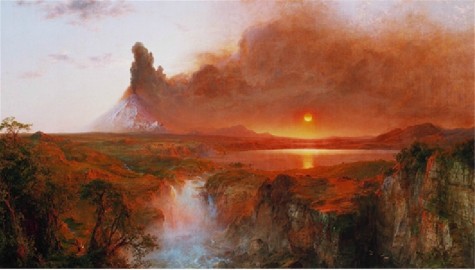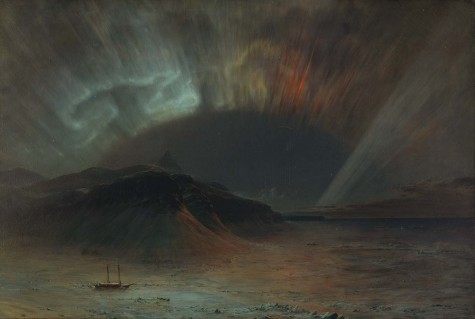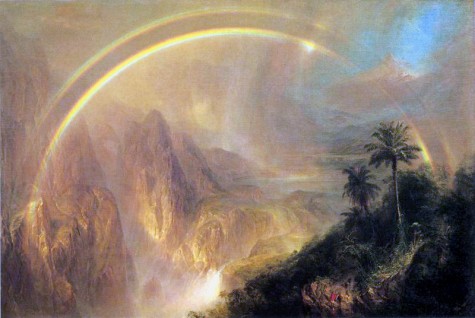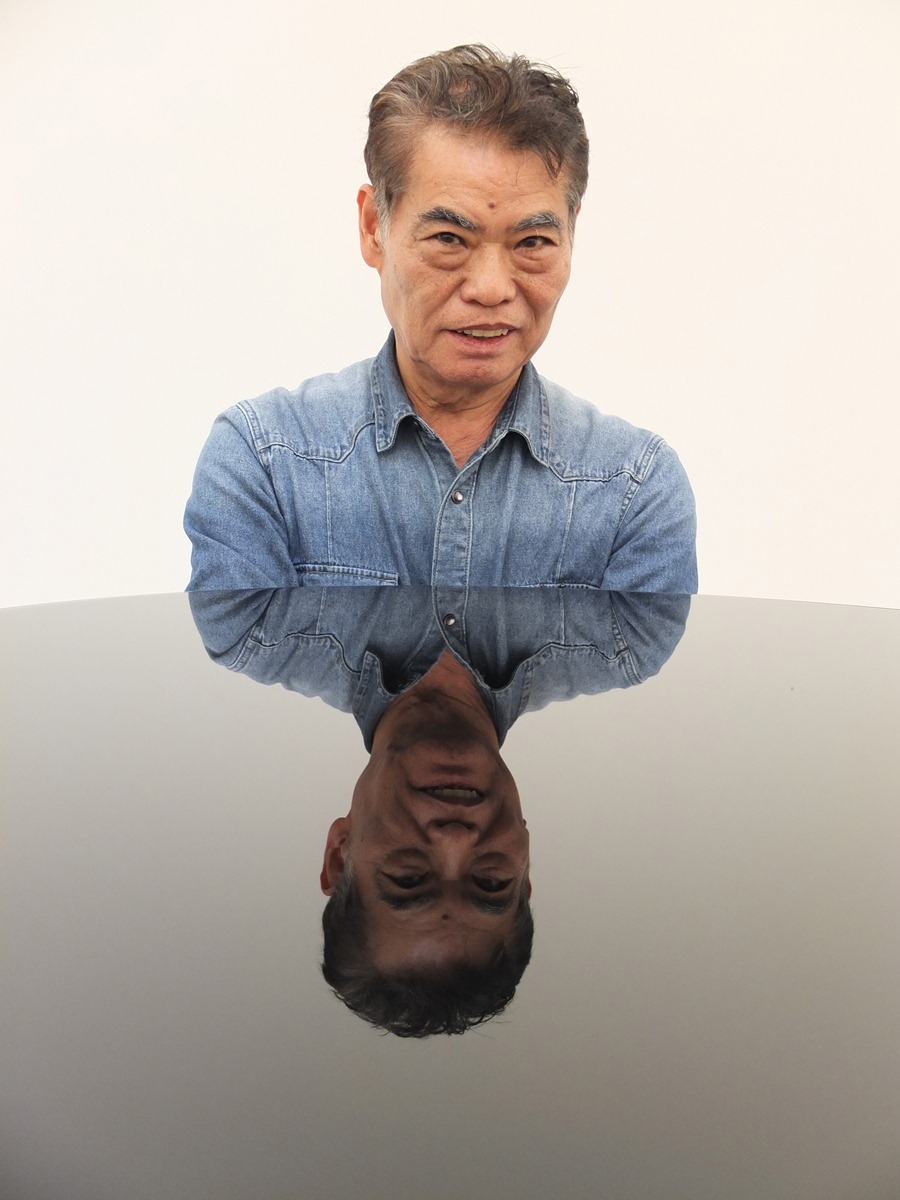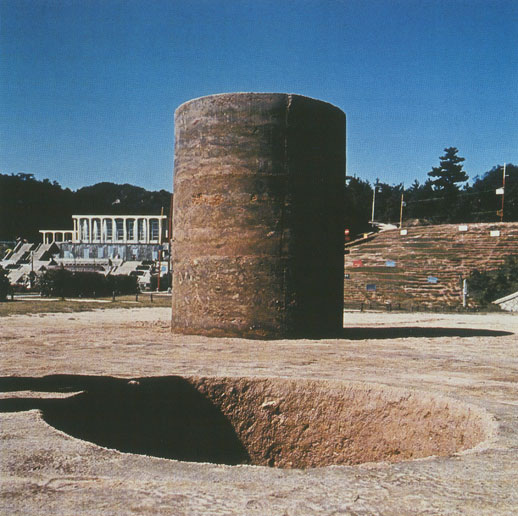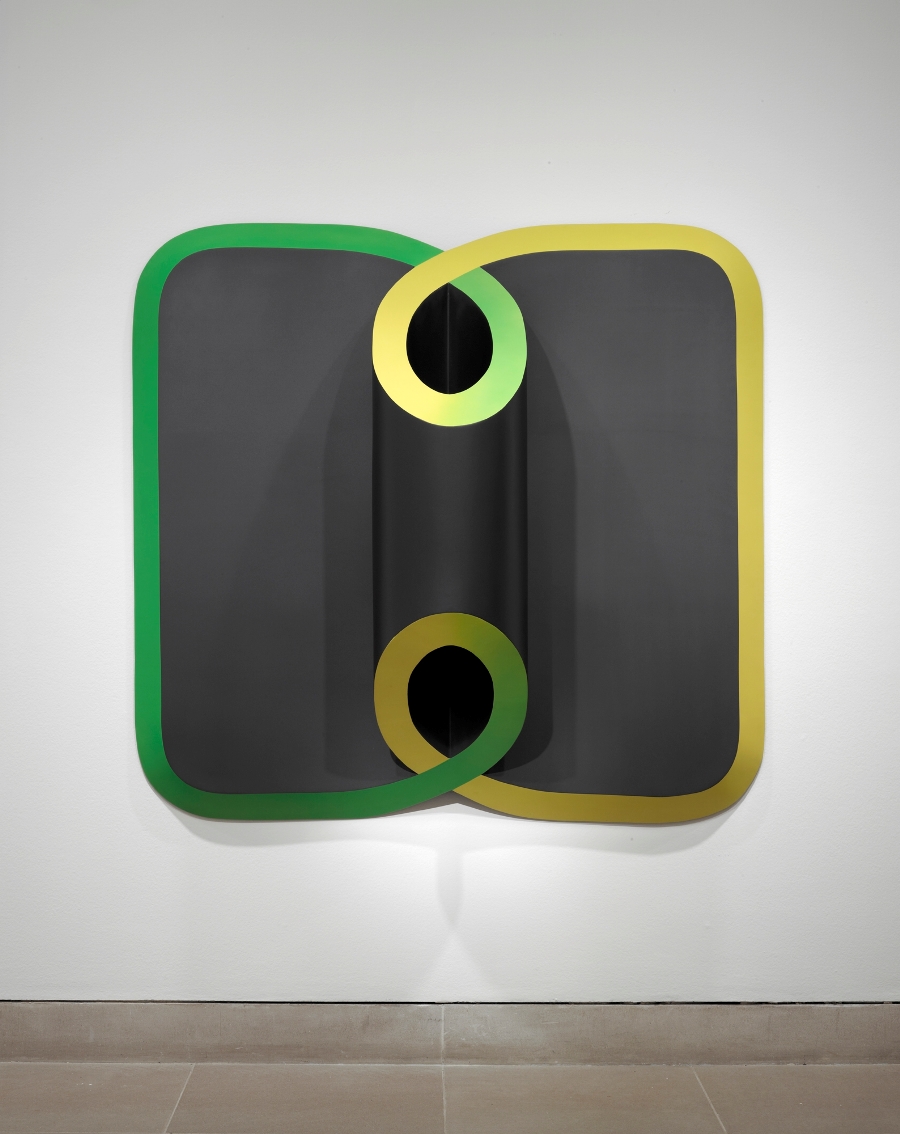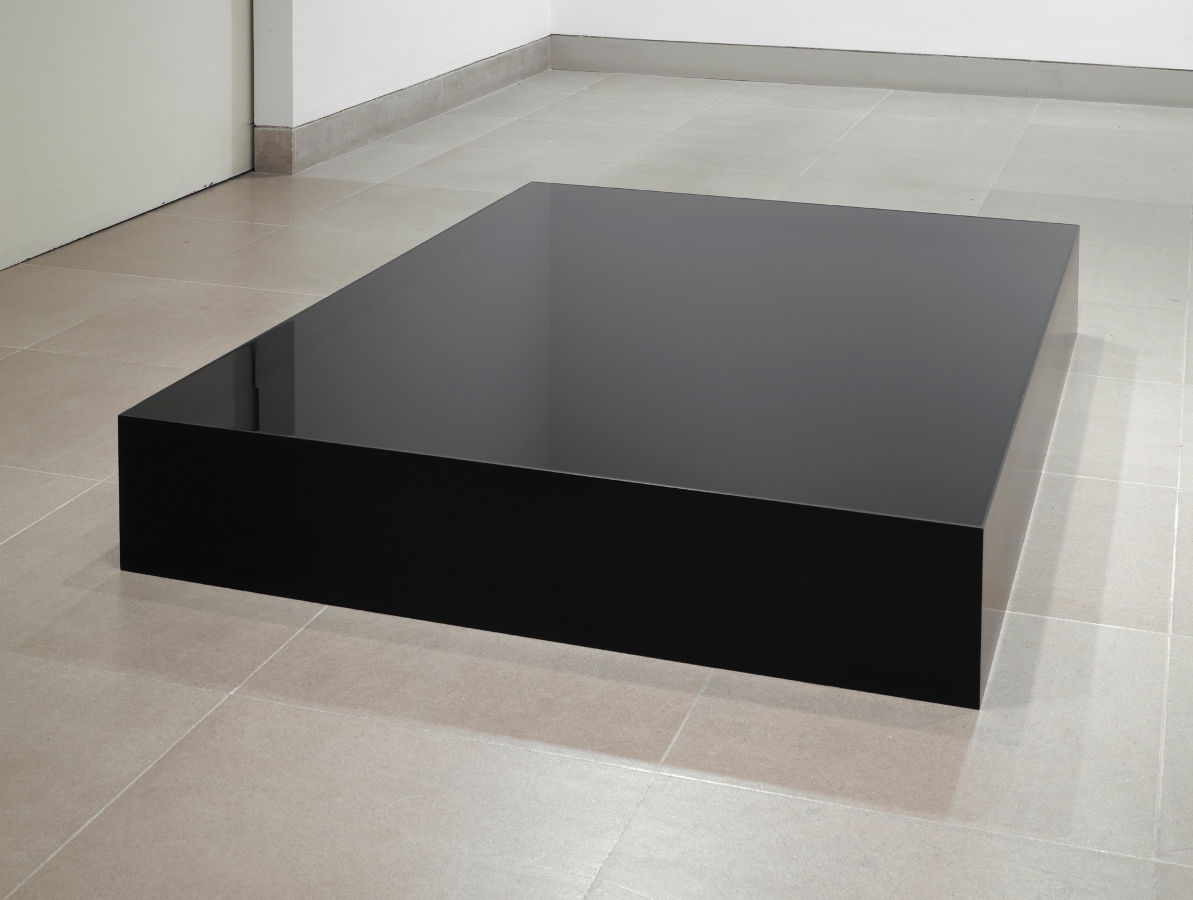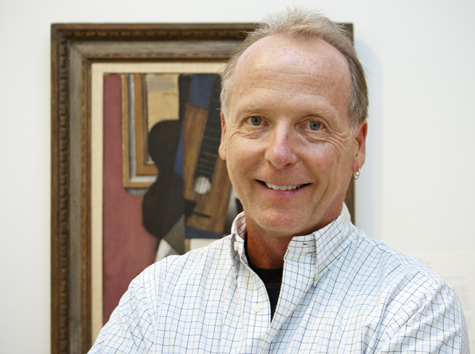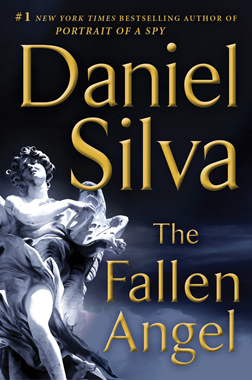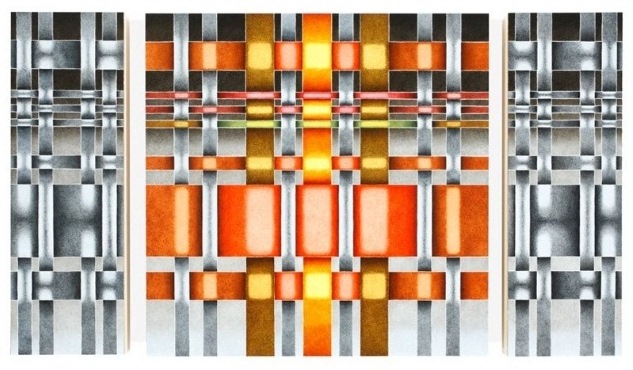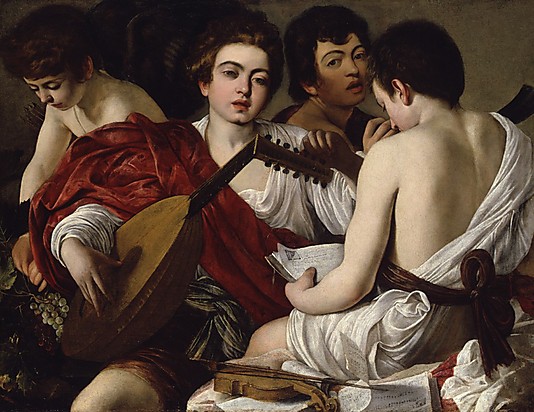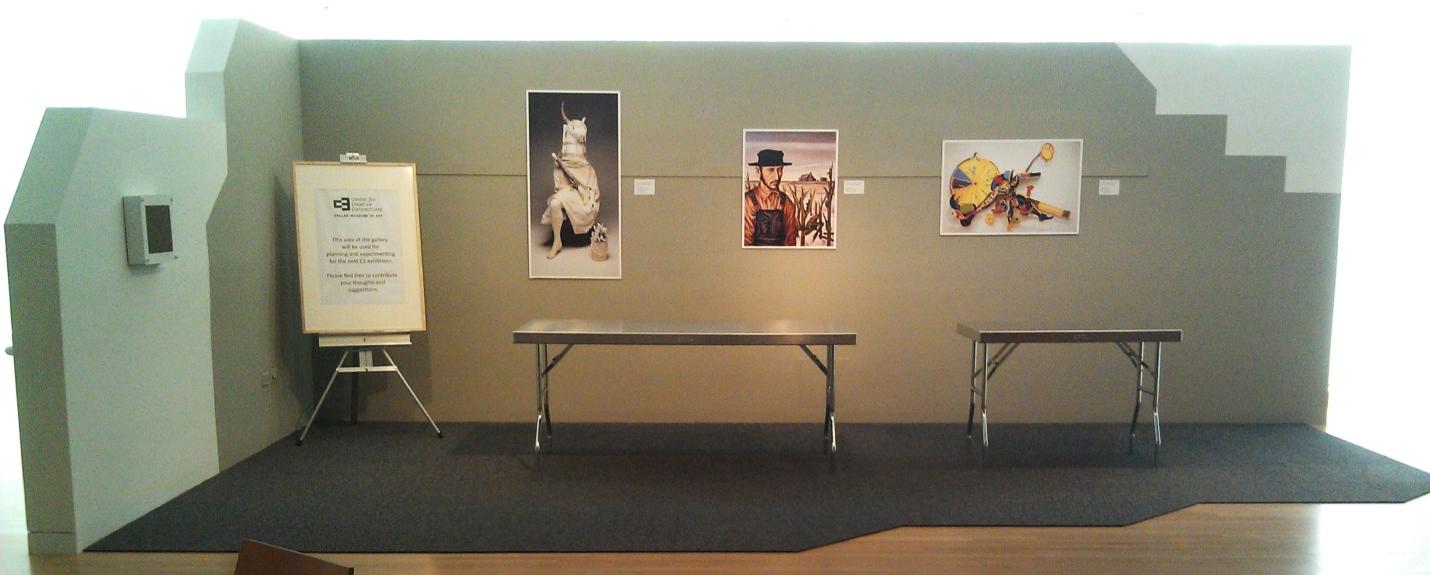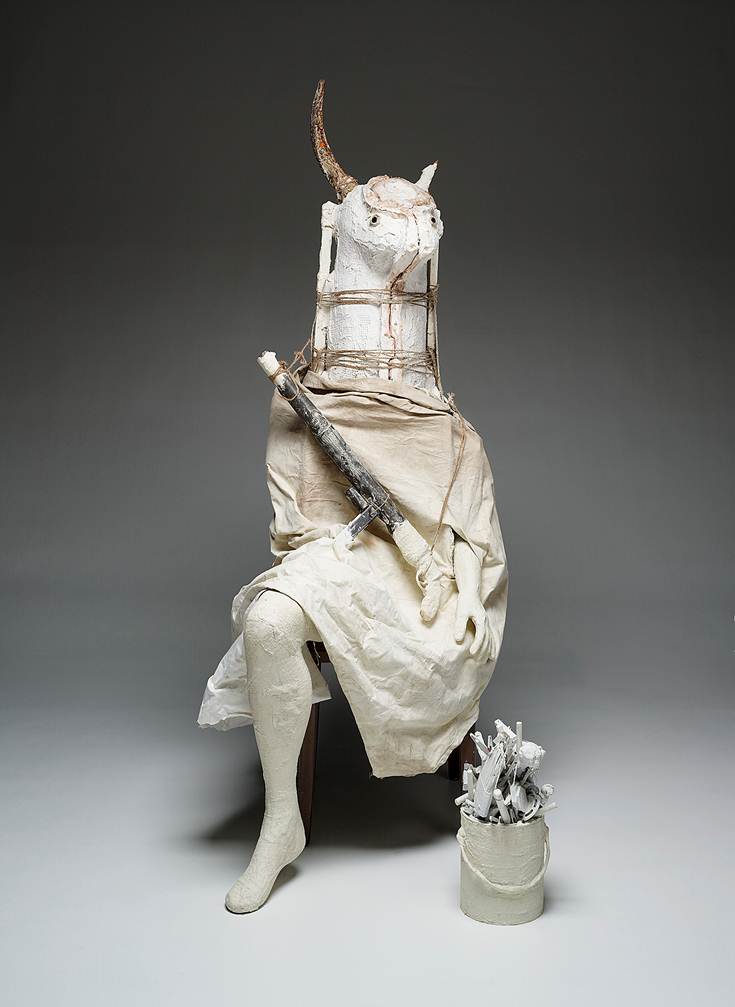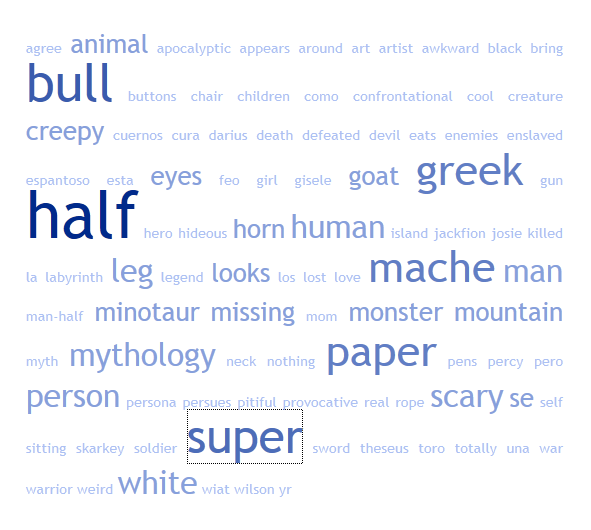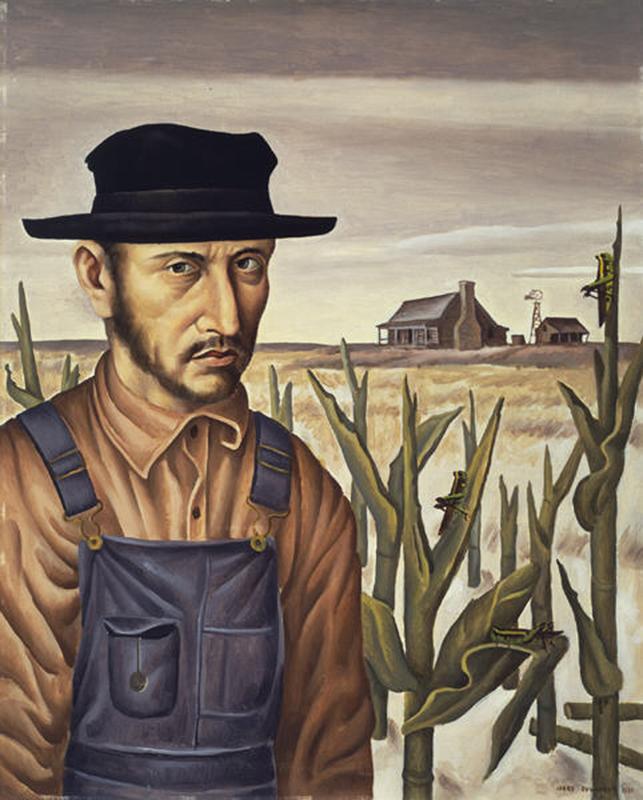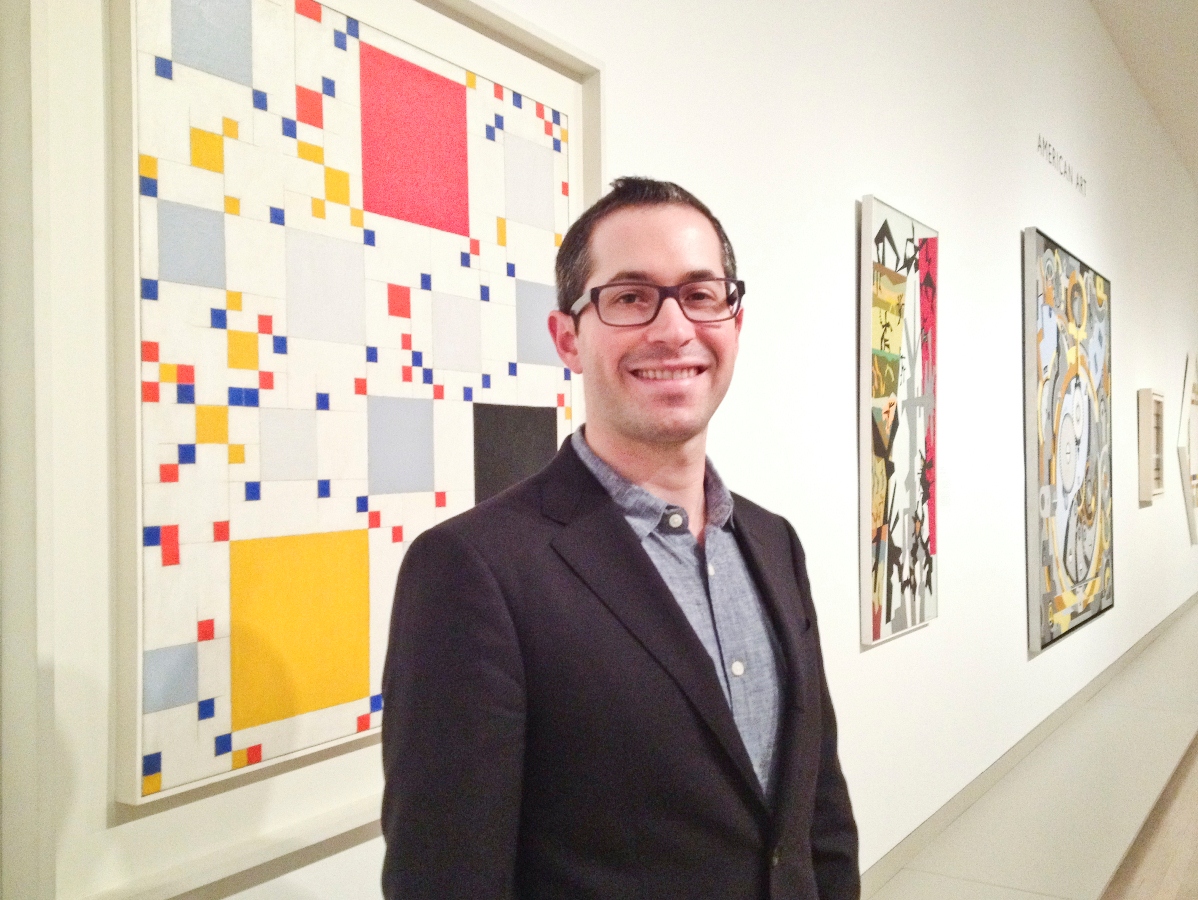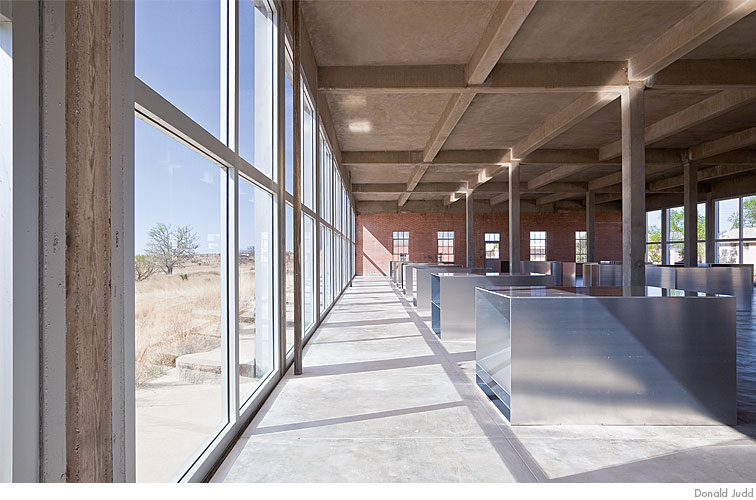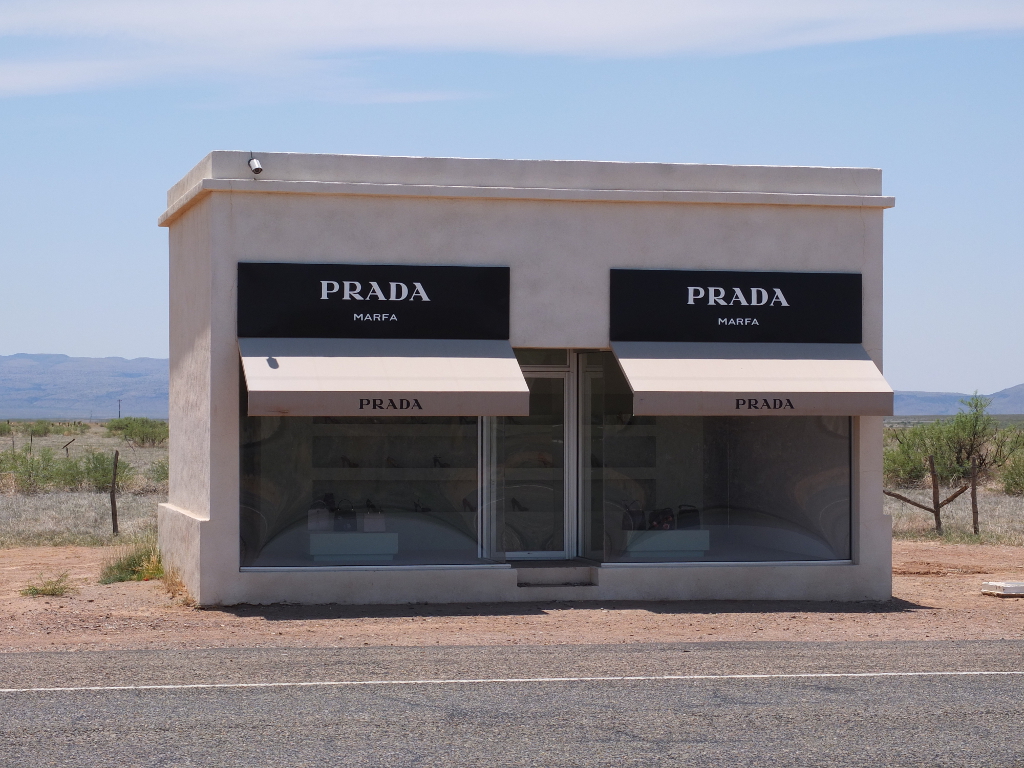With today being the first official day of summer, vacations are on the minds of the DMA staff. As employees of an art museum, we tend to include museums in our travel plans. Below are a few of our favorite museum visits and some we have on our “art bucket lists.”
Stacey Lizotte, Head of Adult Programming and Multimedia Services
One of my most memorable museum visits was to The Accademia Gallery in Florence, Italy. I had always wanted to see Michelangelo’s David and walking towards it, down a hallway that was lined with more of Michelangelo’s uncompleted sculptures, was an amazing and powerful experience.
The museum(s) I am most looking forward to visit are the Tate museums in England (Tate Britain, Tate Modern, Tate Liverpool, and Tate St. Ives). If I had to pick just one site to visit to just look at art it would be the Tate Modern, and if I had to pick one to visit for a program it would be Late at Tate Britain when that museum stays open until 10 p.m. the first Friday of every month and offers a variety of programs.
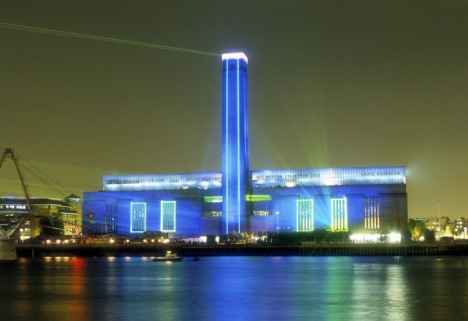
Tate Modern at night
Hillary Bober, Digital Archivist
My favorite museum is the Corning Museum of Glass in Corning, New York, for the simple reason that I really love glass. Glass is such a unique medium; you can create incredibly beautiful and delicate pieces or amazingly durable industrial stuff, and the museum covers it all. There are also glass making demonstrations, Make Your Own Glass projects – I made a blown glass bottle and a flameworked bead when I went – and extensive courses for beginner to professional. Of course, there is also a great gift shop – I do love a gift shop – and you can’t beat the Finger Lakes setting in upstate New York.
Along this same vein, a museum that I would really like to go to is the Bergstrom-Mahler Museum in Neenah, Wisconsin which holds a world-renowned collection of glass paperweights and other works in glass. Since my family lives in Wisconsin, a visit is definitely going at the top of my to-do list for my next trip home.
Wendi Kavanaugh, Member Outreach Manager
One of my favorite museums to visit outside of Dallas is the Philadelphia Museum of Art. The PMA is one of the largest Museums in the US with over 200 galleries. It’s easy to get lost in the PMA and end up in a room full of medieval armor – which I have done on one than one occasion.
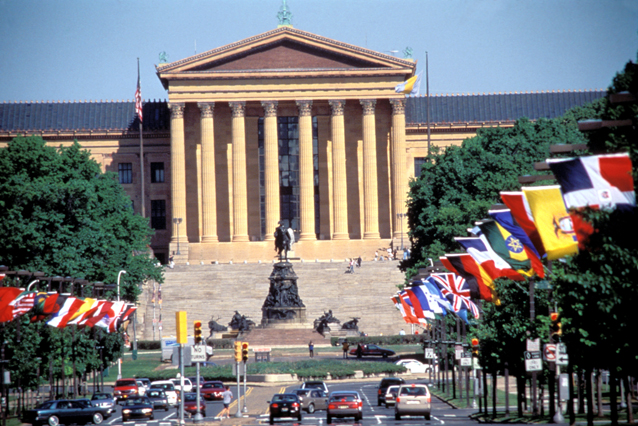
Philadelphia Museum of Art
I would most like to visit the Musée National du Moyen Âge (National Museum of the Middle Ages) in Paris, France. A professor recently shared that this is his favorite museum in Paris, as someone that spent most of their life in the city – he’s one to trust. After spending an hour (or so) on their website, it’s easy to see why you should visit.
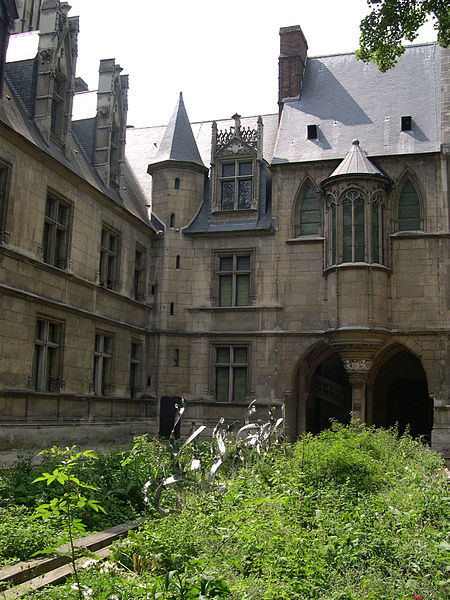
National Museum of the Middle Ages by Giraud Patrick (Photo credit: Wikipedia)
Hayley Dyer, Audience Relations Coordinator
I had a great experience at the SFMOMA. The summer before my senior year of college I lived in San Francisco working for a jewelry designer. As it was my first time in the city, I spent most of my free time exploring my temporary home. One weekend I stopped by the SFMOMA and saw exhibitions of photography from Robert Frank and Richard Avedon; what a treat! After I soaked up all the art inside the Museum, I headed up to the rooftop garden where I got an espresso from the coffee bar and read a book. I think I treasure this experience because I was visiting the Museum alone. I was able to have a personal connection with the artwork, the environment, and the city, and it wasn’t something that I had to share with anyone.
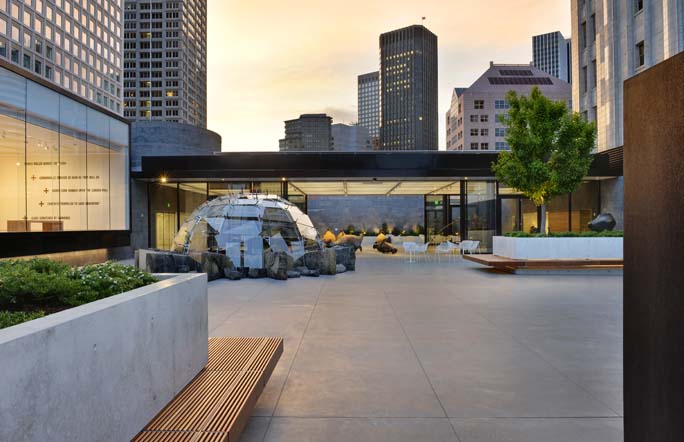
SFMOMA
The Museum I would like to visit is the Magritte Museum. Located in Brussels, Belgium, the Magritte Museum is the home of Belgium’s Royal Museums of Fine Arts’ collection of works by René Magritte. Widely known as the painter of The Son of Man, aka The Guy in the Bowler Hat with an Apple on His Face, René Magritte is my favorite surrealist painter. His colorful paintings feature his wonderful sense of humor. Check out the Museum on YouTube.
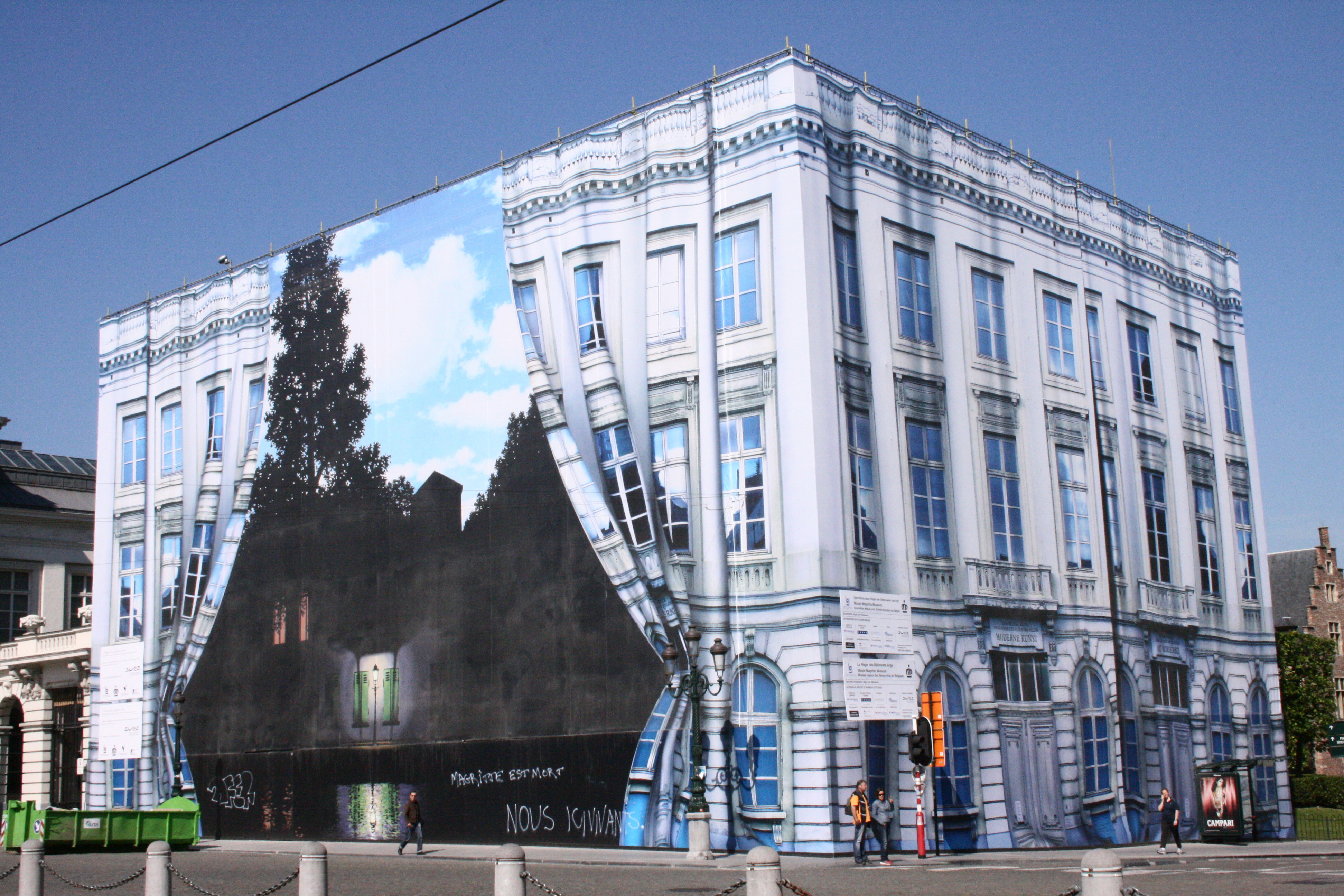
Magritte Museum
Brent Mitchell, Registrar, Loans & Exhibitions
My favorite museum is the Museo Nacional Del Prado in Madrid. I had the pleasure of visiting on my first trip abroad, and I make sure to stop by every time I find myself in the city. My initial aim was to see the triptych The Garden of Earthly Delights by Hieronymus Bosch, but with so many stellar works throughout the museum, every gallery holds special promise for visitors. I remember turning around after viewing a Botticelli painting and finding myself in front of the rather remarkable painting Dead Christ held up by an Angel by Antonella de Messina. It has become one of my favorite depictions of Christ.
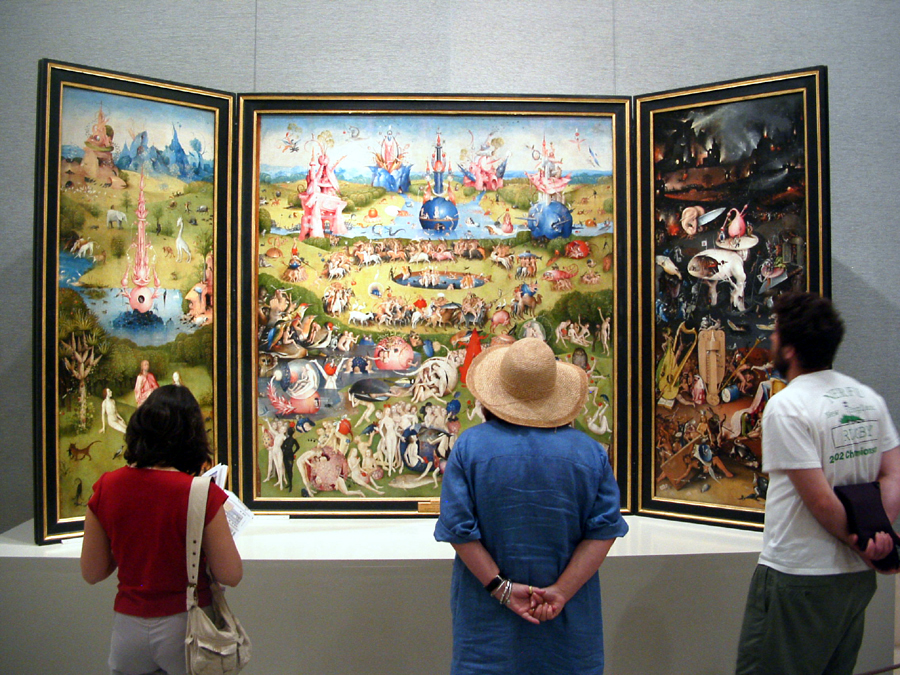
Bosch in the Prado
If I’m ever fortunate enough to find myself in Italy, I will head to the Uffizi Gallery in Florence. It would be great to see Botticelli’s The Birth of Venus and Titian’s Venus of Urbino.
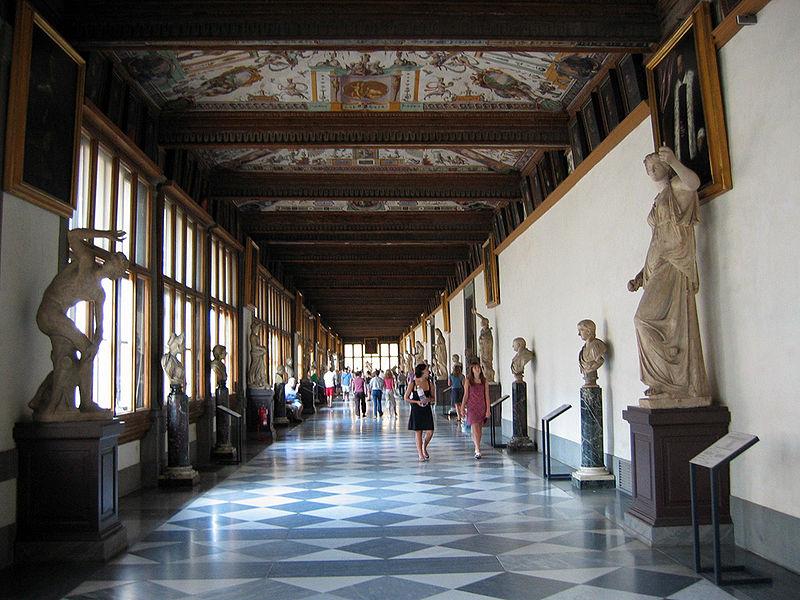
Uffizi (Photo credit: Wikipedia)
Martha MacLeod, Curatorial Administrative Assistant/European and American Art Department
Visiting the Pennsylvania Academy of Fine Arts was on my “must visit” list for a very long time. The old building is a fabulous piece of architecture and houses works by many of my favorite American artists. Three years ago, I received a research grant to go there. When I took a break from my work to wander through the building, I came upon a large studio filled with many plaster casts. Suddenly it struck me that I may well have been standing in the same space where Thomas Eakins once taught life-drawing classes over 140 years ago.
Another place on my “must visit” list is not a museum per se, but I want to go to the Boston Public Library to see John Singer Sargent’s mural cycle The Triumph of Religion. I have wanted to see it firsthand ever since I wrote a paper about it when I was in graduate school. Until I make a trek there, the poster on my office wall of Frieze of the Prophets, which is part of the mural cycle, will have to suffice.
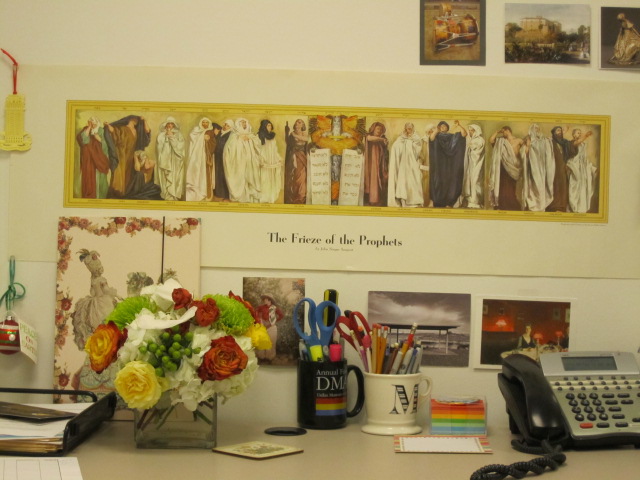
Martha’s private Boston Public Library
Kimberly Daniell, PR Specialist
My favorite Museum in the entire world is Musée de l’Orangerie, I have to visit every time I am in Paris. The museum is located in the beautiful Jardin des Tuileries near the Louvre and Seine, how could you go wrong? I fell in love with Monet in elementary school and experiencing a room filled with his large Nymphéas paintings is amazing. I think it may be one of the most peaceful galleries I have ever been to.
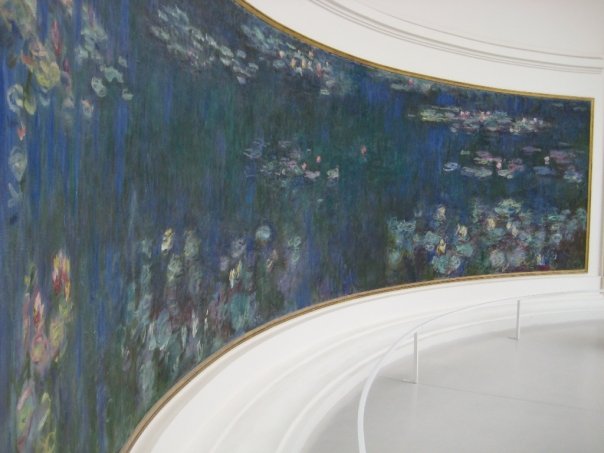
Monet in the Musée de l’Orangerie
The Museum I desperately want to visit is Museo Nacional Del Prado. Other than being located in Madrid, I have to see Diego Rodríguez de Silva y Velázquez’s Las Meninas (The Family of Felipe IV). Luckily the Prado already has a three hour tour, with Las Meninas as a stop, ready for me!
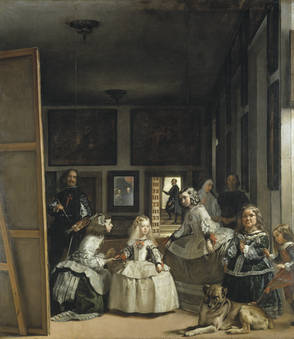
Las Meninas (Photo Credit: Museo Nacional Del Prado)

